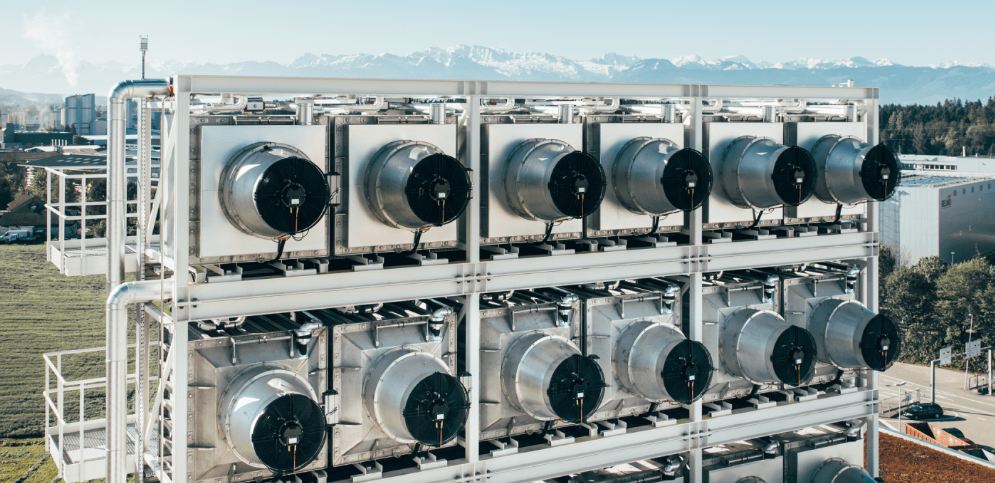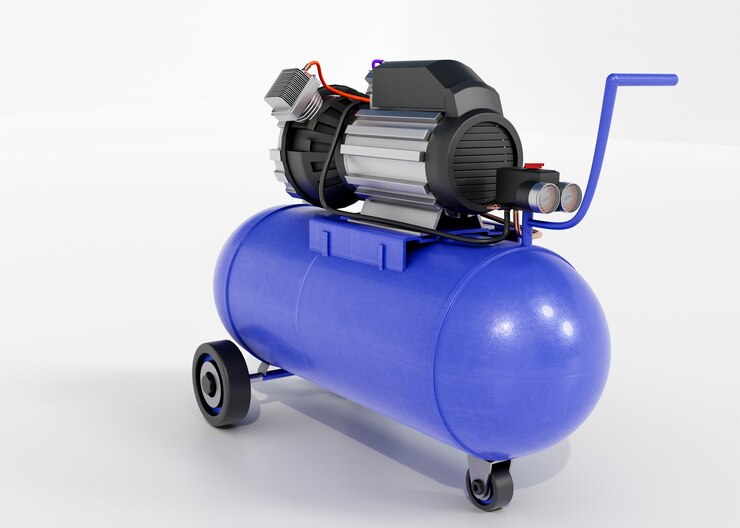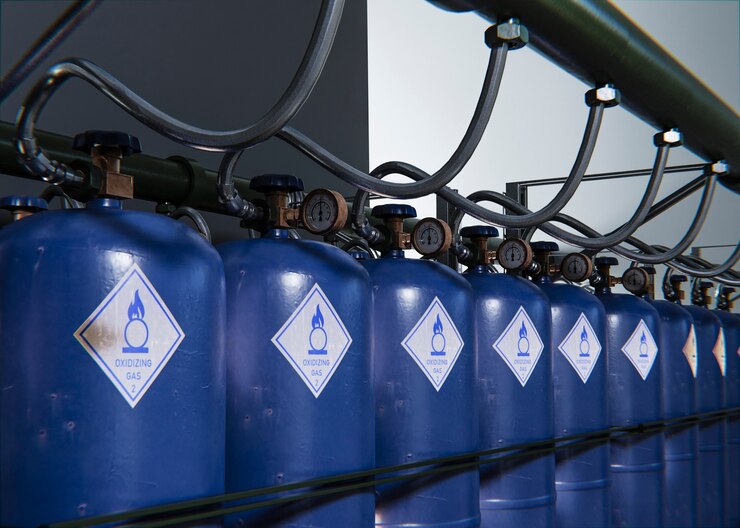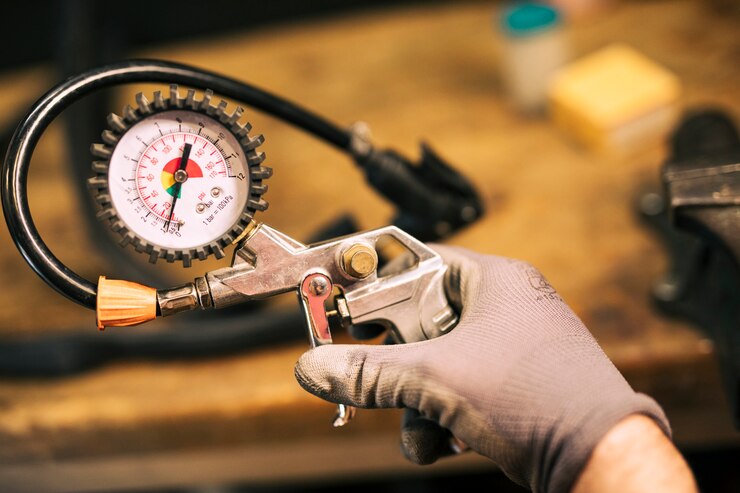Carbon Dioxide Compressor: A Comprehensive Guide

Introduction
Carbon dioxide compressor play a crucial role in various industries, offering an efficient way to handle and utilize this versatile gas. This guide aims to demystify the working principles, applications, and key components of CO2 compressors. By the end, you’ll have a clear understanding of their importance in today’s industrial landscape.
I. Importance of Carbon Dioxide (CO2) Compressors
Carbon dioxide is a ubiquitous gas used in multiple industries for various applications. CO2 compressors are vital for enhancing its usability and efficiency. They are essential for maintaining pressure and temperature conditions necessary for many processes.
II. Working Principles of CO2 Compressors
A. Compression Process
CO2 compression involves increasing the pressure and density of CO2 gas. This process is fundamental for applications requiring high-pressure CO2, such as carbonation and enhanced oil recovery.
B. Types of CO2 Compressors
- Positive Displacement CompressorsPositive displacement compressors trap CO2 in a chamber and reduce its volume to increase pressure. These compressors are suitable for applications with varying pressure requirements.
- Dynamic CompressorsDynamic compressors accelerate CO2 to high velocities and then slow it down, converting kinetic energy into pressure. They are used for continuous, high-flow CO2 needs.
C. Comparison of Working Principles
Understanding the differences between these two types of compressors helps industries choose the right one for their specific applications.
III. Industrial Applications of CO2 Compressors
A. Beverage Industry
- Carbonation of Soft DrinksCO2 compressors inject carbon dioxide into soft drinks, creating the fizz that consumers enjoy.
- Beer and Wine ProductionCO2 is essential for maintaining the right pressure in beer and wine production, ensuring the quality of the final products.
B. Food Processing
- Cooling and FreezingCO2 is used for rapid cooling and freezing of food products, preserving their freshness and taste.
- Modified Atmosphere Packaging (MAP)CO2 is employed to extend the shelf life of packaged foods, reducing spoilage and waste.
C. Oil and Gas Industry
- Enhanced Oil Recovery (EOR)CO2 is injected into oil reservoirs to enhance oil recovery by reducing the oil’s viscosity.
- Natural Gas Processing CO2 compression is crucial in separating and purifying natural gas.
D. Environmental Applications
- Carbon Capture and Storage (CCS)CO2 compressors are pivotal in capturing and storing carbon dioxide emissions from industrial processes, mitigating climate change.
- Dry Ice ProductionDry ice, essential for various industries, is produced through CO2 compression and solidification.
IV. Key Components of CO2 Compressors
A. Compressor Units
- Description and FunctionCompressor units consist of essential components that facilitate the compression process, ensuring the efficient operation of CO2 compressors.
B. Cooling Systems
- Importance and TypesCooling systems are crucial for maintaining safe operating temperatures in CO2 compressors, preventing overheating and damage.
C. Control and Safety Systems
- Role in Ensuring Safe OperationControl and safety systems are vital for monitoring and regulating CO2 compressor performance, ensuring safe and reliable operation.
V. Factors to Consider When Selecting a CO2 Compressor
A. Capacity and Pressure Requirements
Determine the specific capacity and pressure needs of your application to choose the right CO2 compressor.
B. Material Compatibility
Ensure that the compressor materials are compatible with CO2 to prevent corrosion and contamination.
C. Energy Efficiency
Select energy-efficient CO2 compressors to reduce operational costs and environmental impact.
D. Maintenance Needs
Consider the maintenance requirements of your chosen compressor to ensure its longevity and optimal performance.
VI. Leading Manufacturers and Models of CO2 Compressors
A. Prominent Compressor Manufacturers
Explore trusted manufacturers known for producing high-quality CO2 compressors.
B. Highlighted Models and Their Features
Discover specific compressor models and their unique features to find the best fit for your needs.
VII. Case Studies
A. Real-World Applications of CO2 Compressors
Dive into real-life examples showcasing the effectiveness of CO2 compressors in various industries.
B. Success Stories and Performance Enhancements
Learn from successful implementations and how CO2 compressors have improved performance and efficiency.
VIII. Future Trends in CO2 Compressors
A. Innovations in Compressor Technology
Stay informed about the latest advancements in CO2 compressor technology, enabling more efficient and sustainable operations.
B. Sustainable Practices in CO2 Compression
Explore sustainable practices and initiatives related to carbon dioxide compressor, aligning with global environmental goals.
C. Integration with Carbon Capture Technologies
Understand how CO2 compressors are integrated with carbon capture technologies to combat climate change.
IX. Conclusion
A. Recap of the Significance of CO2 Compressors
Summarize the essential role of CO2 compressors in diverse industries and applications.
B. Encouragement for Exploring CO2 Compression Solutions in Various Industries
Encourage industries to explore the benefits of CO2 compression for their specific needs.
C. Forward-Looking Perspective on the Evolving Role of CO2 Compressors in a Sustainable World
Highlight the potential for CO2 compressors to contribute to a more sustainable and environmentally friendly future.
This comprehensive guide provides valuable insights into the world of carbon dioxide compressor, empowering industries to make informed decisions and embrace sustainable solutions.


